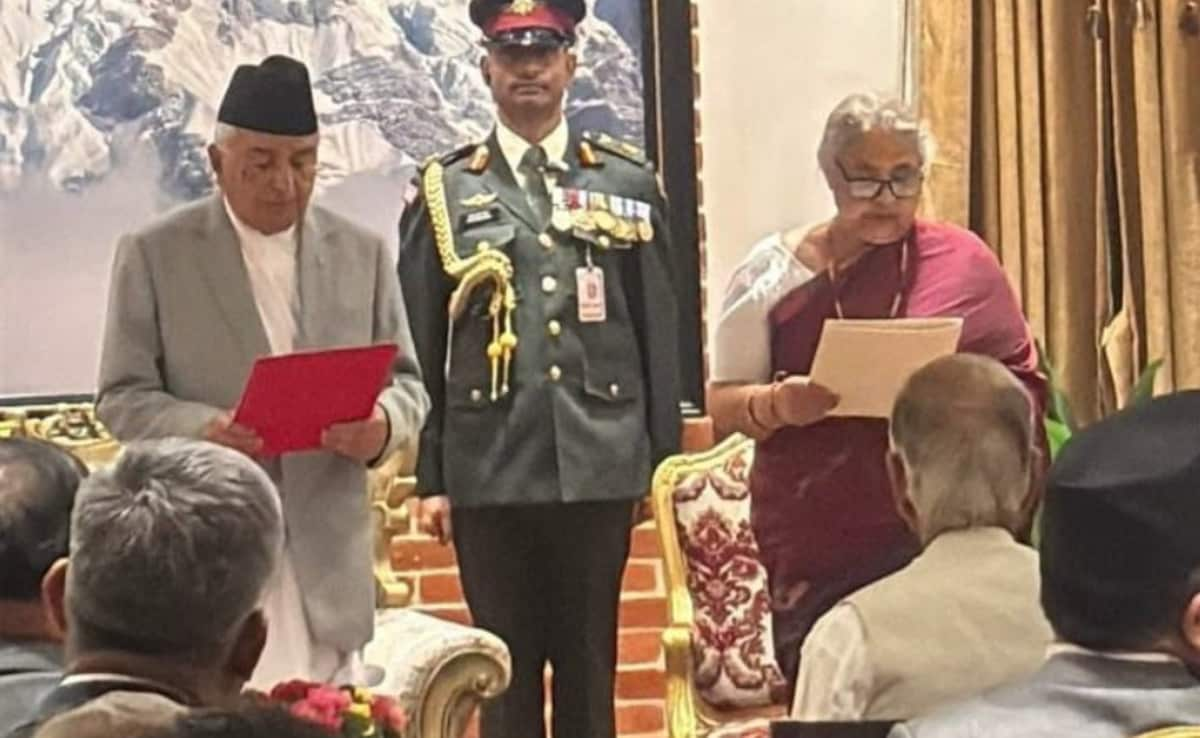Still, devotees took a holy dip, standing knee-deep in the river to pray and make offerings to the setting sun in honor of the sun god, to whom the four-day festival is dedicated. With an emphasis on purity, the festival involves a fast â having neither water nor food â on the day they gather around bodies of water to pray and make offerings to the setting sun.
Despite understanding the health risks, Rajesh Kumar Verma stood in the water Wednesday. âWhat fear? If we are scared, then how can we pray?â the celebrant told the AP.
To keep the froth at bay, the Delhi government tried several tactics this year. They put up bamboo nets to act as a foam barrier, the Indian Express reported. They sent people out in 15 boats out to âbeat the foam with sticks.â They sprayed water with a hose to dissipate foam particles. The attempts became fodder for local jokes: âWhen you have to water a river,â one tweeted.
Delhi consistently ranks among the most polluted cities in the world, with âhazardousâ air pollution levels 39 times above World Health Organization air quality guidelines, according to Swiss air quality technology company IQAir.
In India, bodies of water have actually burned due to heavy pollution. Bangaloreâs largest lake, Bellandur Lake, has consistently erupted in flames. It froths up, too.
India is the worldâs third-largest emitter of greenhouse gases. At COP26, the United Nations climate summit, Prime Minister Narendra Modi on Monday said India would aim to reach net -zero emissions by 2070.
The goal is two decades off what advocates hoped for â and Indian officials are saying that for India to accelerate its transition to clean energy, theyâd need financial and technological help from wealthy countries that had spouted heavy pollution to ascend the development ladder.
âDelhi is full of pollution but still peopleâs lives are going on. Like that, we will also do our prayers,â Rajendra Mahto, another person celebrating this yearâs Chhath Puja at Yamuna, told the AP.
Read more:
.png)











 English (United States) ·
English (United States) ·  Turkish (Turkey) ·
Turkish (Turkey) ·